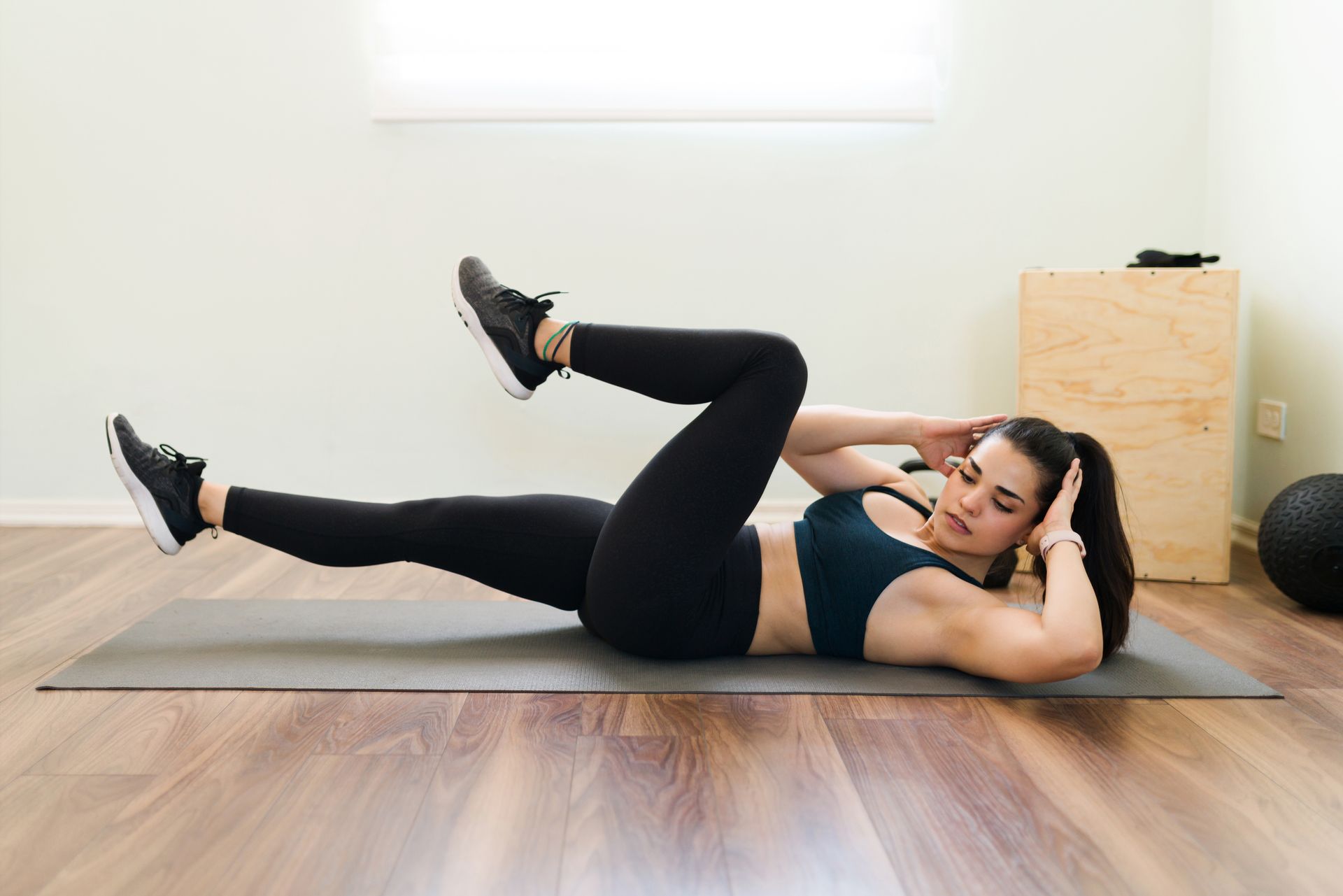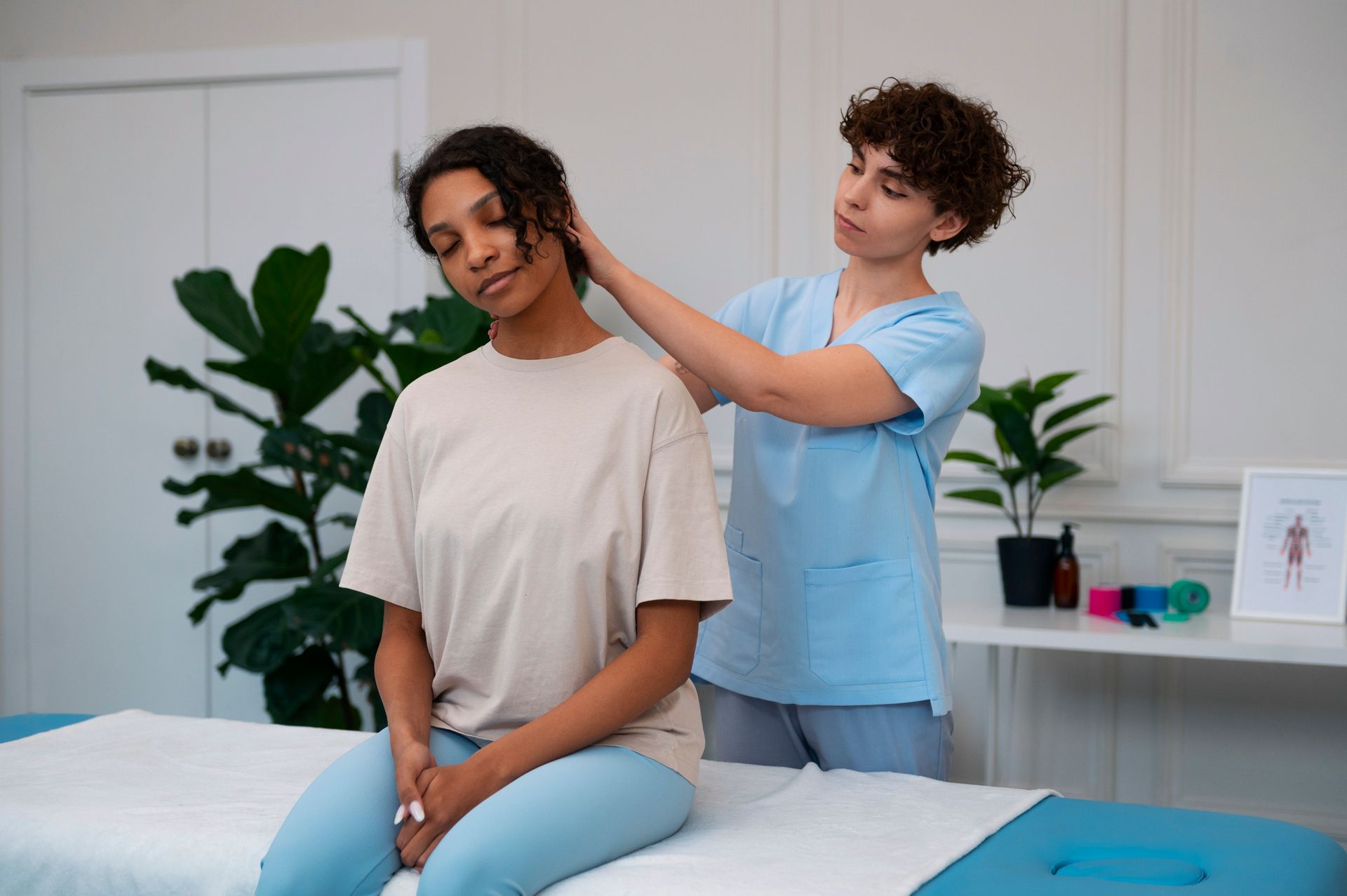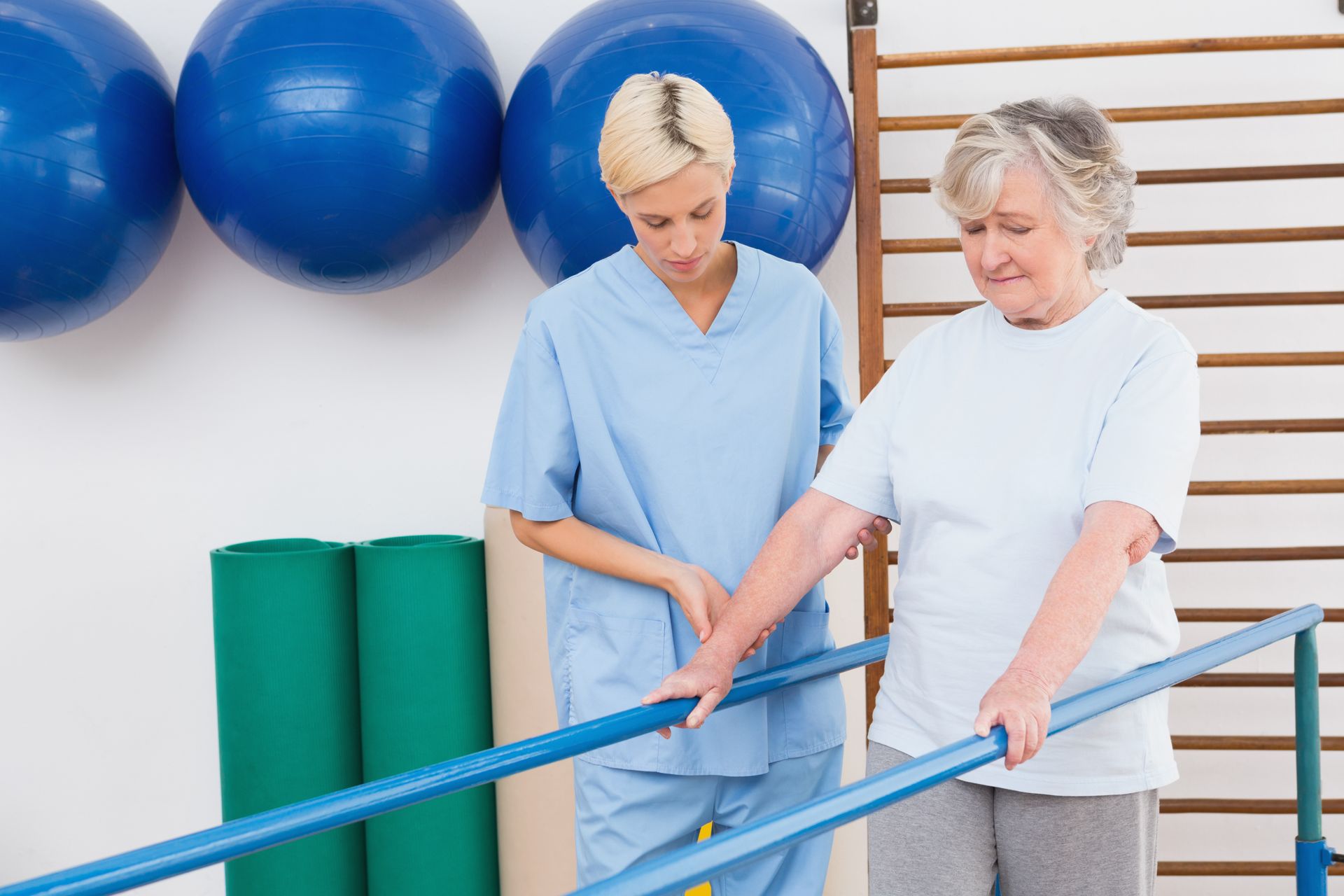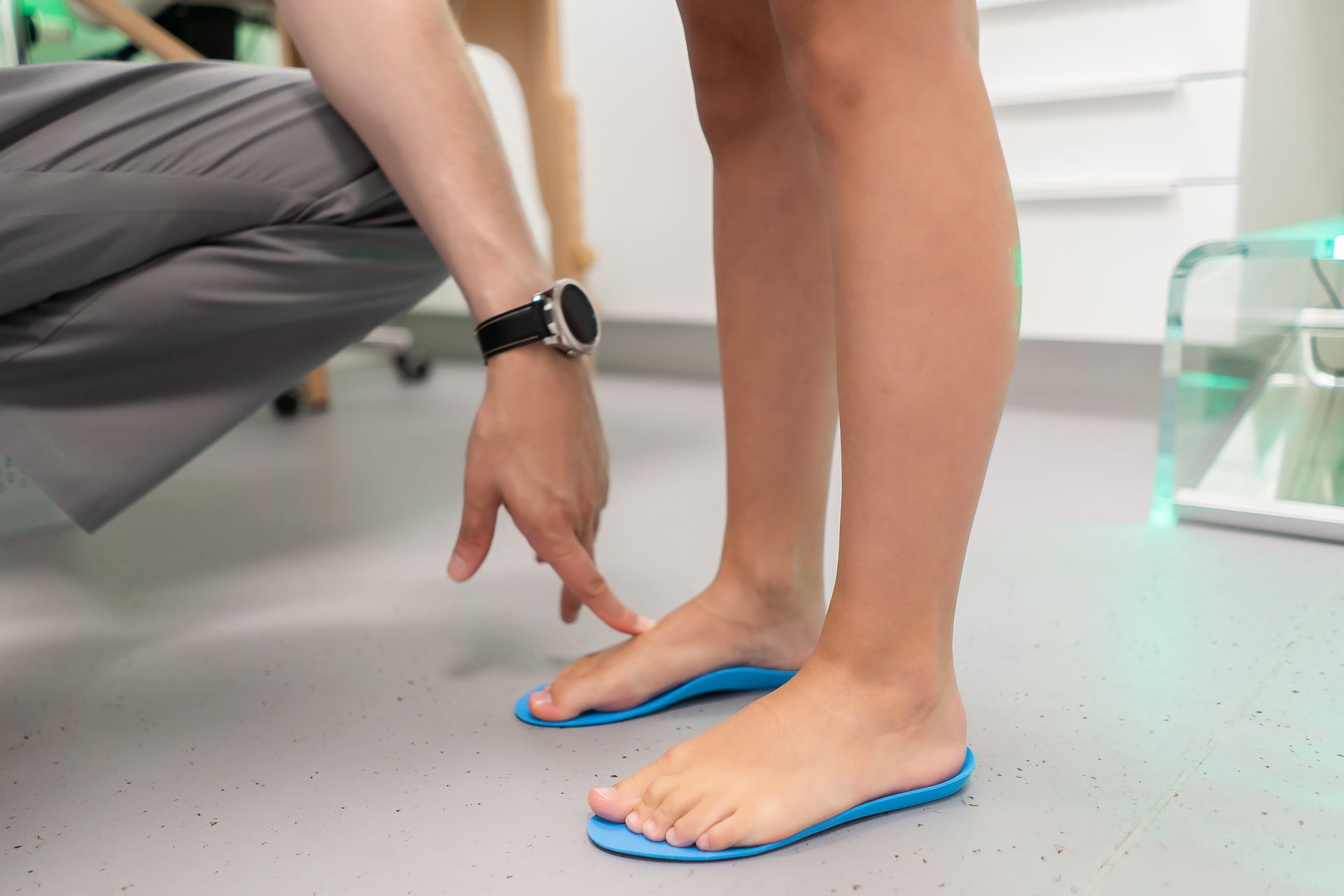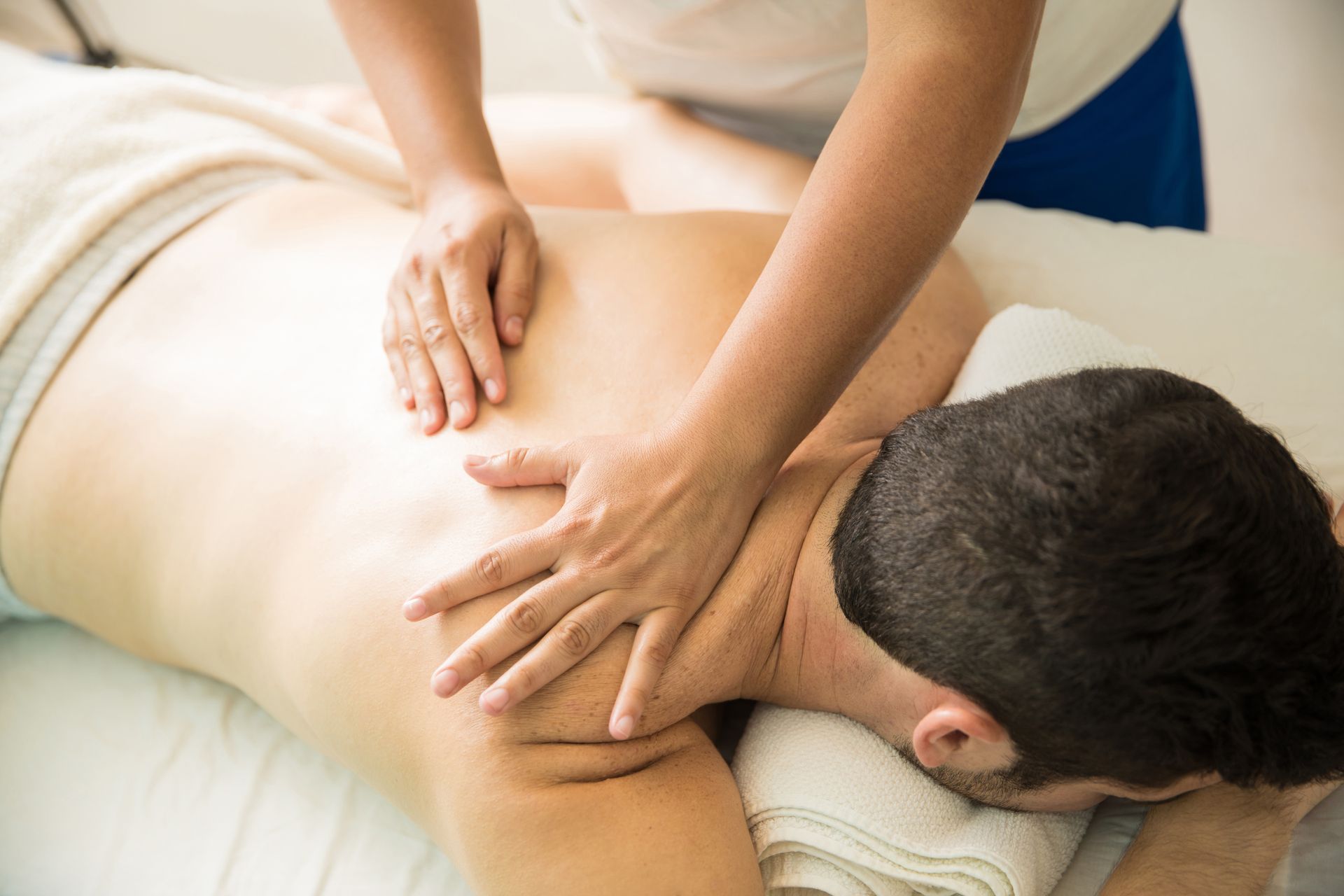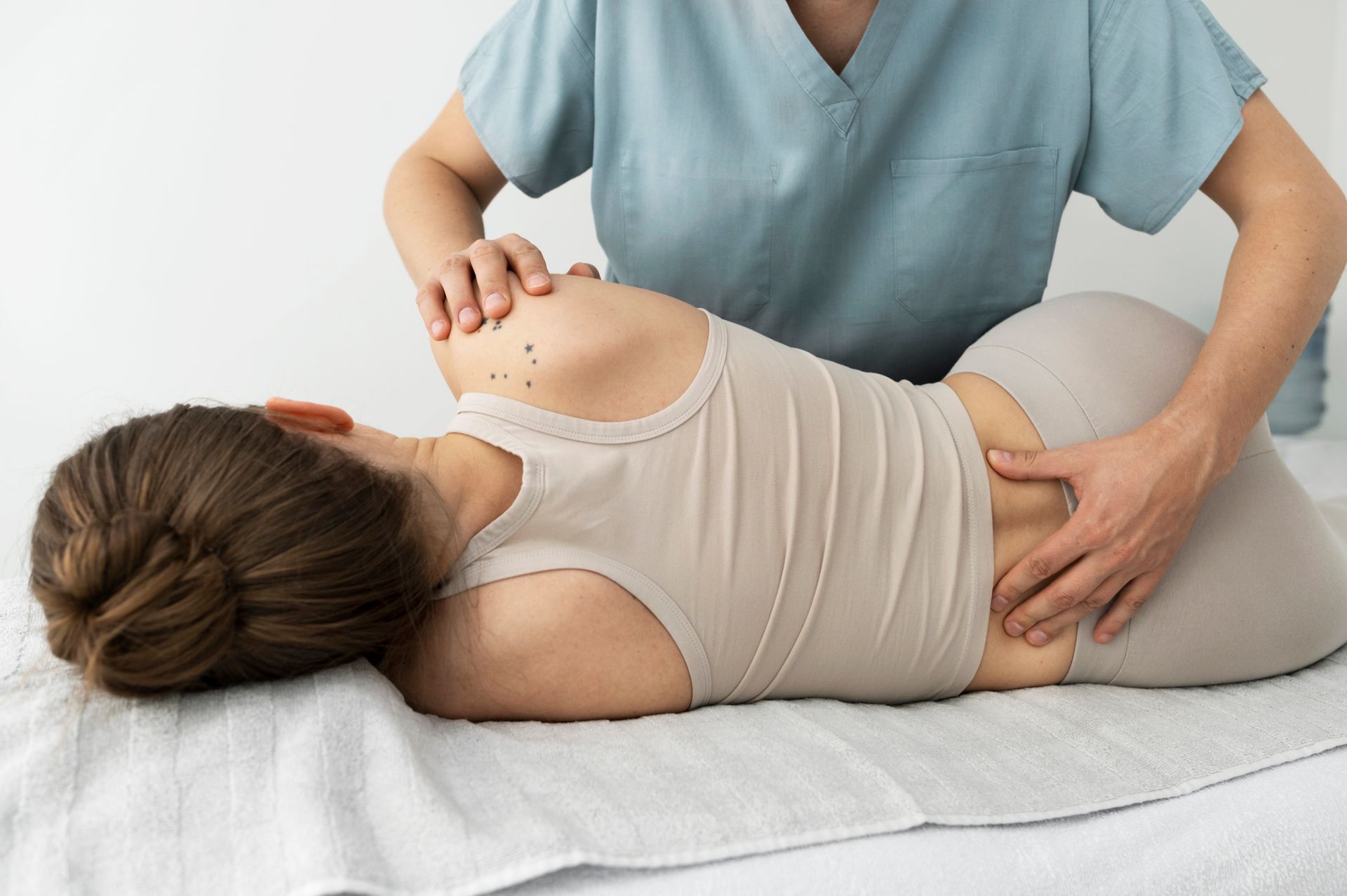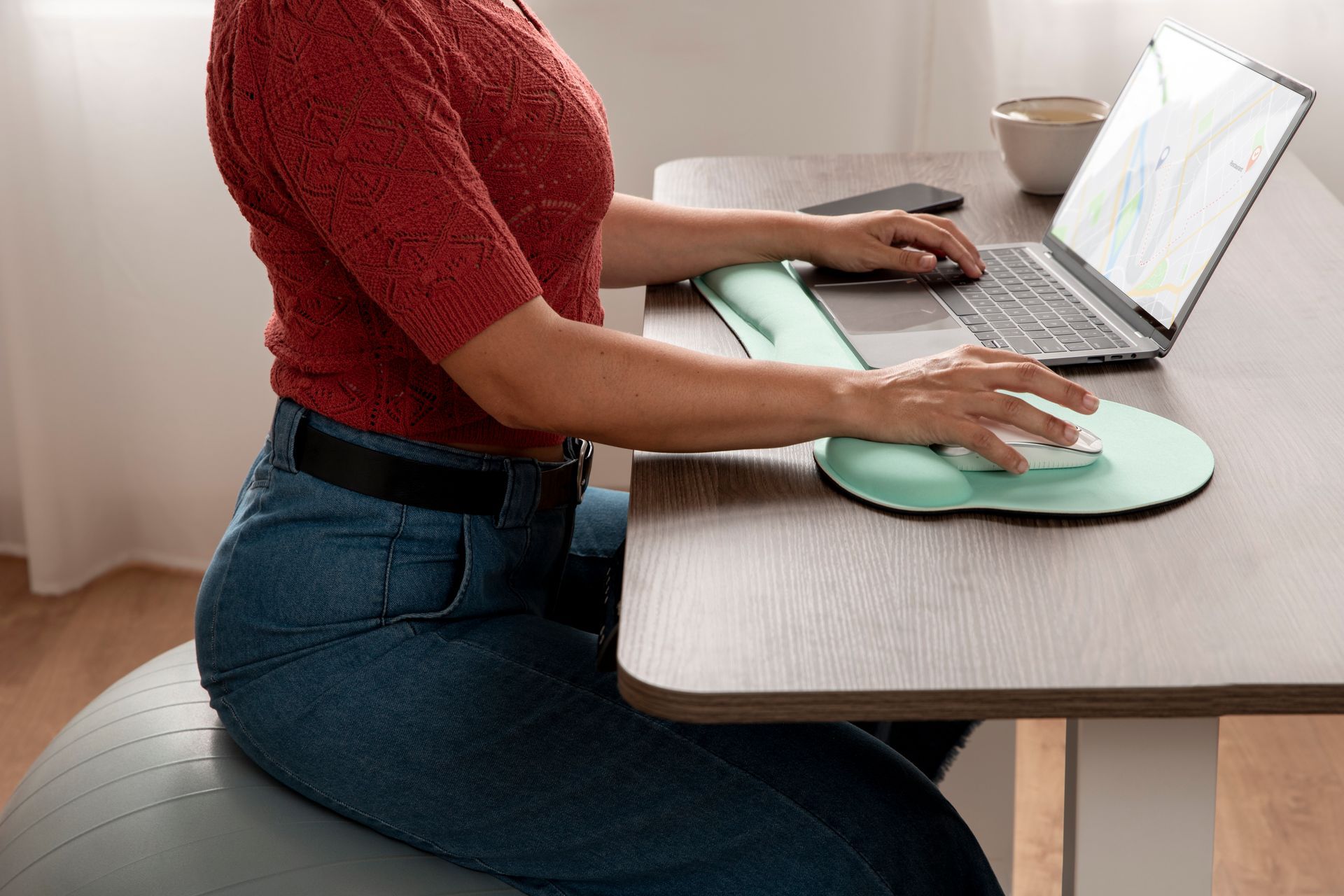Understanding the Link Between Taping and Pain Management
Physiotherapy is a diverse field, offering numerous treatment methods to address various issues, from chronic pain to sports injuries. One such method that has gained significant popularity in recent years is taping. In this blog post, we'll delve deep into what taping is, why it's effective in managing pain, and how our therapists at Pembina Physiotherapy & Sports Injury Clinic can guide you through this efficient pain-management technique.
The Science Behind Taping
Taping, although a relatively simple treatment, relies on complex scientific principles. By applying tape on the skin over muscles, nerves, and joints, we essentially create a physical barrier that aids in reducing swelling, easing inflammation, and providing support to injured or overused muscles and joints. The increased circulation promoted by the tape reduces pain and speeds up the healing process.
Why Is Taping So Effective?
1. Pain Relief
The proximity of the tape to pain receptors in the skin creates a pain-blocking effect. The gentle tug from the stretchy fabric stimulates these receptors and reduces the perception of pain.
2. Improved Circulation
By gently lifting the skin, taping allows enhanced blood flow and lymphatic drainage. This process reduces swelling and inflammation by efficiently removing waste products and allowing more nutrients to reach the injured area.
3. Enhanced Proprioception
The subtle pull of the tape on your skin enhances the body's awareness of its position in space, a sensory function known as proprioception. Improved proprioception can lead to better movement and coordination, reducing the risk of re-injury.
4. Structural Support
Taping can offer a valuable structural support to muscles and joints, relieving them from the strain and allowing them to rest while maintaining a full range of motion.
Taping at Pembina Physiotherapy & Sports Injury Clinic
At Pembina Physiotherapy & Sports Injury Clinic, we specialize in various taping techniques, including Kinesio Taping, rigid taping, and sports taping. Our specially trained therapists understand that effective taping is as much an art as it is a science. They'll carefully assess your specific needs and apply the best taping method to provide you with optimal pain relief and support.
Does Taping Replace Other Physiotherapy Treatments?
While taping can be an effective standalone treatment, it is most beneficial when integrated into a broader physiotherapy regimen. Taping can enhance the effects of other treatments, like massage therapy, acupuncture, dry needling, and custom exercises. At Pembina Physiotherapy & Sports Injury Clinic, we understand that the secret to successful healing lies in a comprehensive, tailored approach to treatment.
Who Can Benefit From Taping?
Taping is beneficial for people of all ages and activity levels. From children with growing pains, and athletes with sports injuries, to elderly individuals managing chronic conditions, anyone seeking pain relief and enhanced mobility can benefit from taping. At Pembina Physiotherapy & Sports Injury Clinic, our therapists are skilled in adapting taping techniques to meet your unique needs and recovery goals.
To Summarize
Pain management doesn't have to mean daily doses of painkillers or restrictive braces. Taping offers an effective, non-invasive treatment option that can not only relieve your pain but also aid in your overall recovery process. As physiotherapy professionals committed to improving your quality of life, we invite you to explore the incredible benefits taping can offer in managing your pain.
Tapping into the immense benefits of taping for pain relief can change your life. Don't endure pain; manage it effectively with Pembina Physiotherapy & Sports Injury Clinic's comprehensive and personalized care.
If you're ready to experience the effective pain management that taping can offer, we invite you to make an appointment with our experienced physiotherapists today. Let us walk with you on your journey to recovery and improved quality of life.


